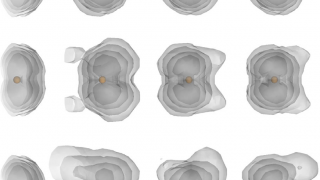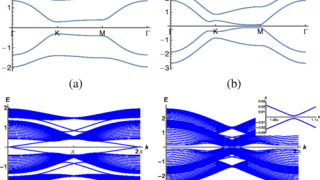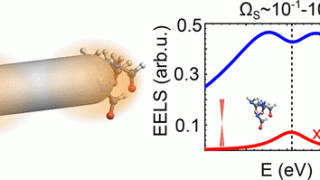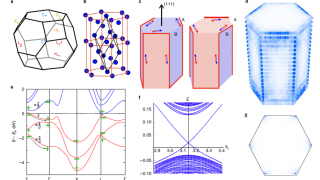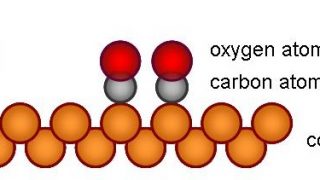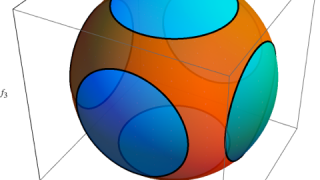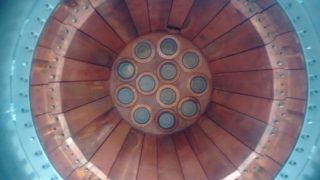
Methane and the determination of the Majorana nature of neutrinos
Experiments performed in 1909 by Geiger and Marsden, also called Rutherford gold foil experiment because Rutherford was their supervisor, led to the discovery of nuclear structure in the atom: the nucleus of the atom is its central core and contains most of its mass and the nucleus is positively charged. Further research during the next […]

